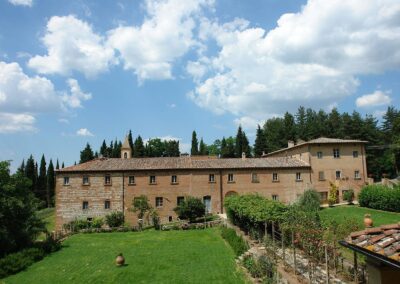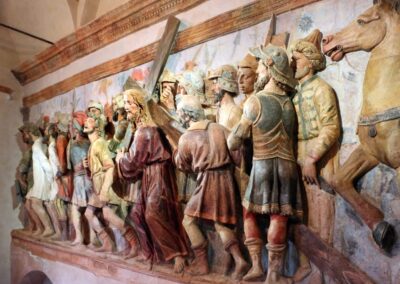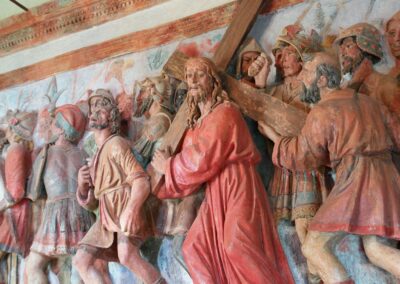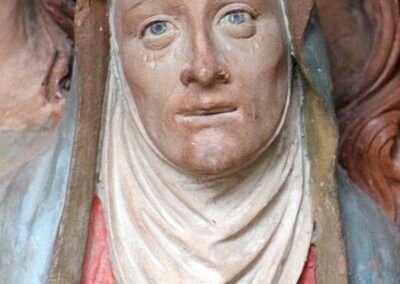The Jerusalem of San Vivaldo
They call it the Jerusalem of Tuscany, they knew it as the poor man’s Bible
San Vivaldo has always been a destination for strolling. One goes there on Sundays, usually after a lunch at the osteria or before an afternoon snack. You go there for shade and for the fine air, for the silence and peace that here, everyone is very careful to respect.
Because San Vivaldo is first and foremost a place of faith and pilgrimage.
Its origins date back to the 1300s, when Blessed Vivaldo, a Franciscan tertiary, retired to a hermit life in its woods. According to an ancient 16th-century text, he lived for 20 years inside a tiny cell dug into the hollow of a chestnut tree. Twenty years of renunciation, fasting and hardship.
When he died, the Franciscan brothers built a chapel in his name, and in 1355, where he had died, they built the same church we see today.
In 1500, following the settlement of the Franciscan Friars Minor, construction began on a complex of chapels arranged, on a smaller scale, according to the plan of Jerusalem at the time. Inside each small temple, polychrome terracotta bas-reliefs in the Della Robbia tradition, depicting the scenes of the passion of Christ.
It was thanks to a papal bull of Leo X-which granted indulgences to those who visited it-that the Sacred Mount of San Vivaldo, also known as the Gerusalem of Tuscany, became a pilgrimage destination for all those who could not go to the Holy Land.
The choice of the polychrome terracotta bas-relief responded to the apostolic mission of the Franciscans, who, like the other mendicant orders, were preaching friars. The need to making God’s word understood pushed them toward a language that would speak to everyone, even the illiterate.
The scenes, the faces, the details of this bible of the poor are realistic, clear, understandable. The Last Supper is set like a Renaissance dinner table for example; expressions are emphatic, the characters recognizable: in the scene of the washing of the feet, Judas the traitor, the last on the left, has a sullen face and clutches in his hand, miserly, the coins of his betrayal. The message is concrete and of strong emotional impact.
From April 1 to October 31, the 17 chapels of Sacro Monte di San Vivaldo are open from 3 to 7 p.m. on weekdays and from 10 a.m. to 7 p.m. on holidays.
From November 1 to March 31 they observe afternoon hours from 2 to 5 pm.




